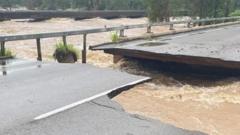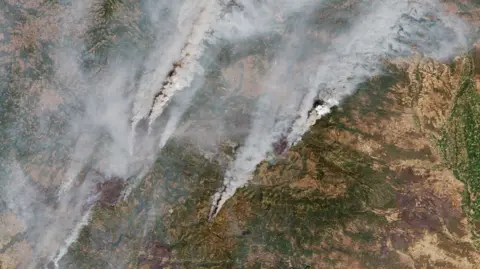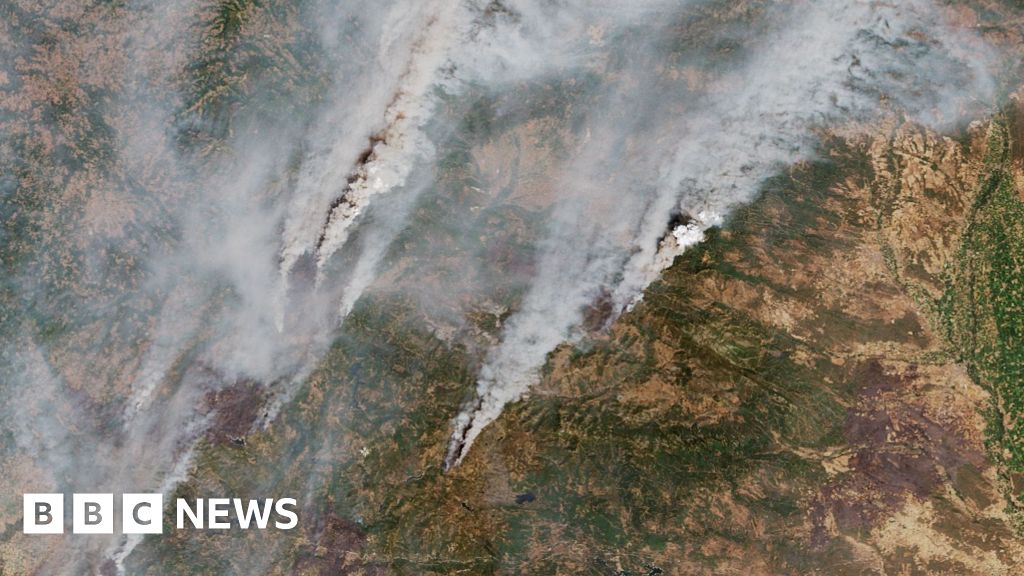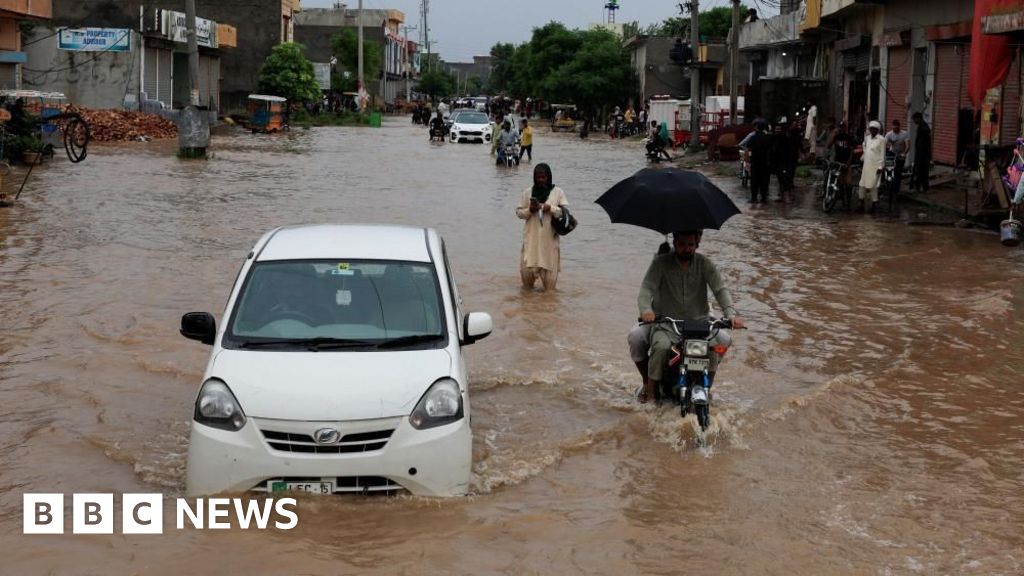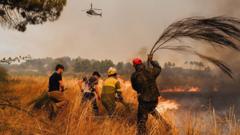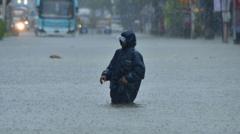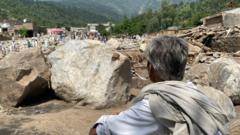The torrential rains in northeastern Queensland have resulted in significant challenges for both authorities and residents. Following unprecedented rainfall measurement at over 1.3 meters (4.2 feet) in just a few days, local communities such as Townsville, Ingham, and Cardwell are facing severe damages and disruptions. Tragically, one life has already been lost, and thousands have been compelled to evacuate their homes.
Prime Minister Anthony Albanese commended the resilient spirit of Australians during this crisis, emphasizing the camaraderie seen in community support efforts. He confirmed that the flooding risks will continue in the region, with emergency teams working tirelessly despite the adversity presented by collapsing infrastructure like the Bruce Highway, crucial for transport connecting Brisbane to regional areas.
Queensland’s Premier, David Crisafulli, expressed his condolences to the family of a deceased local resident, while stressing the dangers of returning home for those in flood-affected zones. The Bureau of Meteorology has reported that the rainfall experienced in a mere three days equates to six months' worth, warning that major flooding may lead to inundated homes, particularly in areas around the Ross River.
With major flood alerts currently active for multiple waterways, emergency responders continue to receive a high volume of distress calls, backed by the establishment of evacuation centers for those displaced. Communities remain under relentless scrutiny as power outages hinder communications. Climate scientists suggest that climate change may be pushing Queensland towards more frequent and severe extreme weather events, potentially marking this situation as one of the worst in over six decades.
Prime Minister Anthony Albanese commended the resilient spirit of Australians during this crisis, emphasizing the camaraderie seen in community support efforts. He confirmed that the flooding risks will continue in the region, with emergency teams working tirelessly despite the adversity presented by collapsing infrastructure like the Bruce Highway, crucial for transport connecting Brisbane to regional areas.
Queensland’s Premier, David Crisafulli, expressed his condolences to the family of a deceased local resident, while stressing the dangers of returning home for those in flood-affected zones. The Bureau of Meteorology has reported that the rainfall experienced in a mere three days equates to six months' worth, warning that major flooding may lead to inundated homes, particularly in areas around the Ross River.
With major flood alerts currently active for multiple waterways, emergency responders continue to receive a high volume of distress calls, backed by the establishment of evacuation centers for those displaced. Communities remain under relentless scrutiny as power outages hinder communications. Climate scientists suggest that climate change may be pushing Queensland towards more frequent and severe extreme weather events, potentially marking this situation as one of the worst in over six decades.

